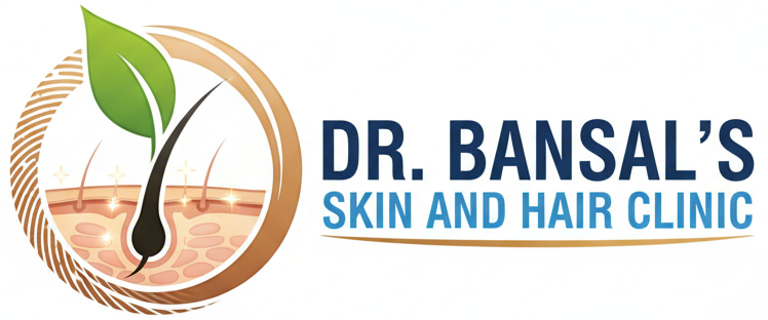Alopecia Areata Treatment in Indore
Dr. Bansal's Hair Clinic, Indore
About Alopecia Areata
Alopecia areata is an autoimmune disease wherein the body's immune system attacks the hair follicles, causing hair to fall out in small, round patches.
Scalp, beard, eyebrows, eyelashes, and body hair can be affected.
Alopecia often resolves itself, but the condition may cycle; it is not contagious and has nothing to do with poor hygiene.
Main Causes of Alopecia Areata
???? Autoimmune reaction: the body attacks its own hair follicles.
Genetic predisposition: family history increases the risk.
⚖️ Stress/emotional trauma: These can trigger or worsen attacks.
???? Other autoimmune diseases include: thyroid disease, vitiligo, lupus, and type 1 diabetes.
Infections, nutritional deficiency, or hormonal disturbances are other less common inducing factors.
Types of Alopecia Areata
Type\tDescription
Alopecia Areata (Patchy) Small, round bald patches (most common)
Alopecia Totalis: Complete scalp hair loss
Alopecia Universalis: Loss of all body hair
Ophiasis: Hair loss in a wave-like pattern around the edges of the scalp
What to Do (Treatment & Prevention)
1. Medical Treatments (prescribed by a dermatologist)
Treatment Type Example Purpose
Topical corticosteroids Hydrocortisone, Clobetasol, reduce immune inflammation at the follicles
Corticosteroid injections, Triamcinolone acetonide Common for small bald patches on the scalp/beard
Topical immunotherapy Diphencyprone (DPCP), SADBE trains the immune system to stop attacking follicles
Minoxidil (Rogaine) 2–5% topical solution Stimulates hair regrowth
Anthralin cream: Short-contact therapy to stimulate follicles
Oral medications (for severe cases): Methotrexate, JAK inhibitors (Tofacitinib, Baricitinib). Suppress immune attack on follicles
???? Note: These are to be used under a dermatologist's supervision. Self-medication can worsen the condition.
2. Home & Supportive Care
Keep scalp clean and free from infection.
Massage the scalp gently to increase blood flow.
Nourish your scalp with natural oils (coconut, castor, rosemary, or black seed oil) 2–3 times a week.
Protect bald areas from sunburn and cold, with hats or scarves.
Eat protein-rich and anti-inflammatory foods since they help in hair growth.
3. Diet & Nutrition
Focus on foods that support immune balance and hair growth.
Protein: eggs, fish, beans, chicken, lentils
Iron: spinach, red meat, legumes
Zinc & Selenium: nuts, seeds, seafood
Biotin & B vitamins: eggs, whole grains, avocados
Omega-3 fatty acids: walnuts, flaxseeds, fatty fish
Vitamin D: sunlight, fortified dairy, supplements (if deficient)
Changes in the availability of daylight combine to produce the seasonal patterns of storms.
❌ Processed sugar & fried foods
❌ Alcohol & smoking
X High-stress lifestyle-stress hormones worsen autoimmunity
4. Stress Management
Flares can be brought about by stress.
Try:
Yoga or meditation
Regular exercise
Adequate sleep is 7–8 hrs.
Talking therapy or counseling if emotional stress is high
What Not to Do
❌ Avoid using harsh hair dyes or chemical straighteners.
Avoid tight hairstyles that pull on hair, as that could make breakage worse. ❌ Don't scratch or rub the bald areas, since it irritates follicles. ❌ Avoid self-medicating with steroids without supervision. ❌ Don't be discouraged-the conditions often are treatable, and regrowth can occur.
Care
Expert solutions for hair and skin health.
Health Hairs AT
Beauty
+91 9926120111
© 2025. All rights reserved.
